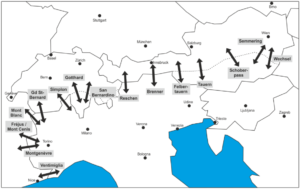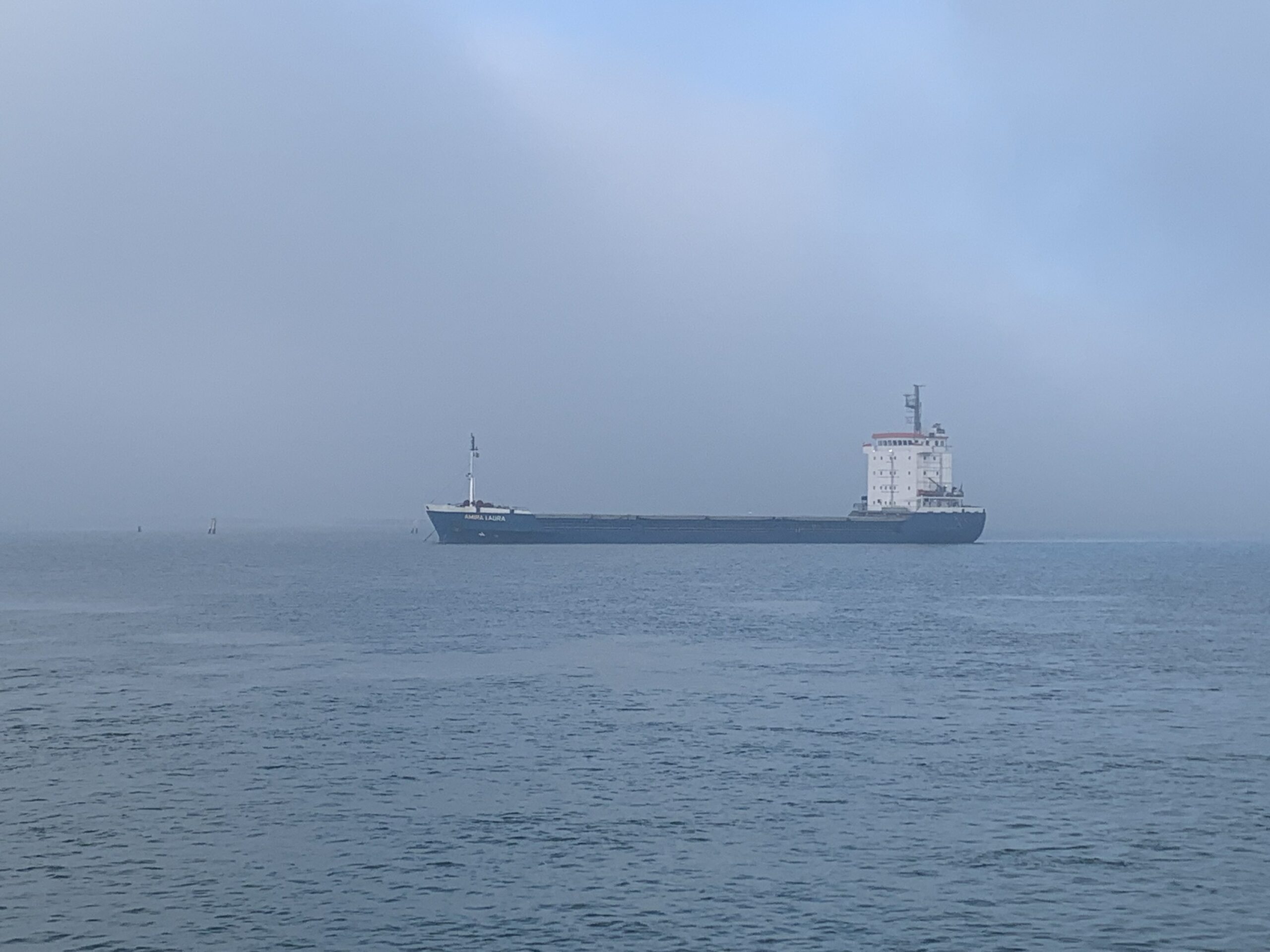Observation and analysis of transalpine freight traffic flows: Key figures 2019
La direzione generale “Mobilità e Trasporti” della Commissione Europea rappresenta l’organo responsabile della politica dell’Unione Europea in tali temi. La Swiss Confederation – The Federal Office of Transport (FOT) regola, invece, l’ampliamento e il finanziamento dell’infrastruttura ferroviaria. Non solo, esegue mandati di ricerca affidatigli dall’Unione Europea.
A tal proposito, Vi riportiamo il report annuale “Observation and analysis of transalpine freight traffic flows – Key figures 2019”, promosso da questi due enti e nel quale vengono presentati i risultati dell’indagine su trasporti e infrastrutture del trasporto transalpino.
L’osservatorio ha come obiettivo quello di dare una visione completa e coerente dei traffici transalpini, ragionando su volumi movimentati, tipologie di trasporto utilizzate, valichi ferroviari e stradali.
Tra i partner del progetto, troviamo anche: Sigmaplan AG, Interface Transport, WALTER FUSSEIS e TRT.

Riportiamo di seguito il riassunto dei risultati emersi dalla ricerca, tratto dal report oggetto di analisi:
Key findings
- At 223.5 million tonnes, the amount of goods carried across the Alps in 2019 was almost exactly at the same level as in 2018;
- This is the result of a growth of +1.3% in road transport volume and a decrease of -2.8% in transport volume by rail. Road volumes reached a new record level with 155.7 million tonnes, while rail volumes decreased by 2.0 million tonnes, to 67.9 million;
- As a consequence, the overall share of rail in transalpine freight traffic continued to fall and reached a new all-time low at 30.4% (from 31.2% in 2018). In Austria, it was also at the low- est level ever recorded (27.0%) while in France it was slightly higher than in 2018 (7.8% compared to 7.4%). In Switzerland the share of rail remained at the same level as in 2018 (70.5%);
- The evolution of rail transport volumes across the Alps varied widely from one country to the next: Austria showed a moderate decrease of -2.3% and Switzerland a notable decline of -4.6%. In contrast, the rail transport volumes in France increased by +6.9%;
- The number of heavy goods vehicles (HGV) crossing the Alps by road reached a new record level at 11.5 million, +1.2% more than in 2018. While the number of HGV crossing the Swiss Alps fell by -4.6% (to just below 900’000 HGV), it grew by +2.0% in France (to more than 3 million) and by +1.6% in Austria (to more than 7.5 million). The Brenner alone accounted for a third of all HGV crossing the Austrian Alps (more than 2.5 million);
- More and more transalpine traffic uses the Austrian crossings: Austria’s share in total traffic reached a record 62.4%. The corresponding share of France increased slightly to 20.7%; that of Switzerland fell to 16.9% (2018: 32.0%, 20.3 and 17.7% respectively).
SCARICA QUI IL REPORT COMPLETO
Lascia un commento
Devi essere connesso per inviare un commento.




